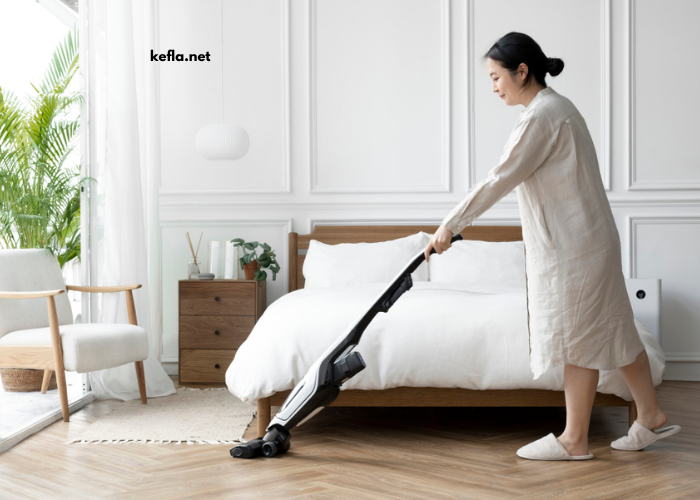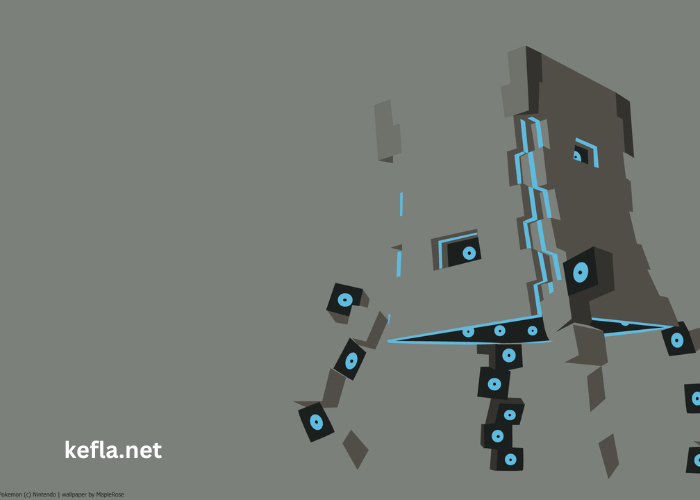In today’s fast-paced world, where consumerism and overconsumption are the norms, embracing minimalism has become a powerful and transformative lifestyle choice. Minimalism is not just about decluttering your physical space; it’s about creating more meaningful experiences, being intentional with your resources, and focusing on what truly matters. Whether you’re looking to reduce stress, enhance your financial stability, or foster a deeper connection with your surroundings, adopting minimalism can offer numerous benefits. In this article, we’ll explore how to embrace minimalism in your lifestyle choices and create a more fulfilling, intentional life.
What is Minimalism?
Minimalism is a philosophy and lifestyle that prioritizes the essentials while removing excess. It is about living with intention and purpose, stripping away distractions, and creating space for the things that truly matter. Minimalism can apply to various aspects of life, including physical possessions, time management, finances, relationships, and even mental clarity. By focusing on quality over quantity, minimalism encourages individuals to live in alignment with their values, rather than getting caught up in the pursuit of materialism or societal expectations.
The Benefits of Minimalism
Before diving into how to embrace minimalism, it’s important to understand the numerous benefits it offers. Here are a few reasons why adopting a minimalist lifestyle can improve your overall well-being:
- Reduced Stress and Anxiety
Living with fewer possessions and distractions can lead to a significant reduction in stress and mental clutter. Minimalism helps you create a calm and organized environment, making it easier to focus on what truly matters. - Improved Financial Health
By embracing minimalism, you learn to prioritize your spending on things that add real value to your life. This mindset can help you save money, avoid impulse purchases, and make smarter financial decisions. - Increased Clarity and Focus
When you simplify your life, it becomes easier to focus on your goals and aspirations. Minimalism removes distractions, allowing you to direct your energy toward what aligns with your values. - Sustainability and Environmental Impact
Minimalism often encourages individuals to reduce consumption and waste, which can have a positive impact on the environment. By buying fewer items and choosing quality over quantity, you contribute to a more sustainable world. - More Time for What Matters
When you stop spending time managing, organizing, and maintaining excessive possessions, you free up time to focus on relationships, hobbies, and personal growth.
How to Embrace Minimalism in Your Lifestyle Choices
Now that you understand the benefits of minimalism, let’s explore practical steps for incorporating minimalist principles into your daily life.
1. Declutter Your Physical Space
The first step toward embracing minimalism is to declutter your physical environment. Over time, our homes and workspaces tend to accumulate unnecessary items, which can create chaos and mental fatigue. By reducing clutter, you create a peaceful and organized space that promotes focus and relaxation.
How to Declutter:
- Start Small: Begin with one area, such as a closet, desk, or kitchen counter, and work your way through the rest of your space. Trying to declutter everything at once can feel overwhelming, so it’s best to take it one step at a time.
- Use the “Four-Box” Method: When decluttering, divide your items into four categories: keep, donate, sell, and discard. This method helps you make decisions more efficiently and avoid second-guessing yourself.
- Be Honest: Ask yourself whether each item truly adds value to your life. If it doesn’t serve a practical purpose or bring you joy, consider parting with it.
- Adopt the “One In, One Out” Rule: For every new item you bring into your home, commit to getting rid of one item. This helps prevent clutter from building up again.
2. Simplify Your Wardrobe
A minimalist wardrobe is an essential component of embracing minimalism in your lifestyle. A simplified wardrobe not only reduces clutter but also saves time, money, and energy. It encourages you to focus on quality, versatility, and timeless pieces rather than trendy or impulse purchases.
How to Create a Minimalist Wardrobe:
- Focus on Versatile Pieces: Choose clothing items that can be mixed and matched to create multiple outfits. Neutral colors and classic styles tend to be the most versatile.
- Quality Over Quantity: Instead of buying cheap, fast-fashion items, invest in high-quality pieces that will last longer and withstand wear and tear.
- Create a Capsule Wardrobe: A capsule wardrobe consists of a small, carefully curated collection of clothing that you love and wear frequently. This simplifies decision-making and reduces the amount of clothing you need.
- Purge Regularly: Periodically assess your wardrobe and donate or sell items that no longer fit, suit your style, or bring you joy.
3. Manage Your Time Wisely
Minimalism isn’t just about physical possessions; it’s also about how you manage your time and energy. In our modern, always-connected world, it’s easy to get caught up in endless to-do lists, meetings, and distractions. By simplifying your schedule, you create more space for what truly matters.
How to Manage Your Time:
- Prioritize: Identify your top priorities and focus on the activities that align with your long-term goals and values. Avoid overcommitting or saying yes to everything.
- Create a Daily Routine: Establishing a daily routine can help you stay organized and focused. Incorporate time for self-care, work, relationships, and hobbies into your schedule.
- Set Boundaries: Set clear boundaries between work and personal life to prevent burnout. Learn to say no to things that don’t align with your priorities or bring you joy.
- Minimize Distractions: Limit distractions such as excessive social media use, multitasking, or unnecessary meetings. This allows you to stay focused and productive.
4. Be Intentional with Your Finances
Minimalism can have a significant impact on your financial health by helping you reduce unnecessary spending and focus on what truly adds value to your life. By adopting mindful spending habits, you can save money, reduce debt, and build wealth over time.
How to Embrace Minimalism with Your Finances:
- Track Your Spending: Keep track of your expenses to identify areas where you can cut back. Look for non-essential items or services that can be eliminated from your budget.
- Invest in Quality: Rather than purchasing cheap, disposable items, focus on buying high-quality goods that will last longer and provide better value in the long run.
- Avoid Impulse Purchases: Minimize the temptation to buy things you don’t need by creating a shopping list, setting a budget, and avoiding unnecessary shopping trips.
- Simplify Your Financial Accounts: Consolidate accounts, eliminate unnecessary subscriptions, and streamline your financial management to save time and reduce complexity.
5. Cultivate Meaningful Relationships
Minimalism can also be applied to your relationships. By prioritizing quality over quantity, you can nurture deeper, more meaningful connections with the people who matter most in your life. Rather than spreading yourself thin across numerous acquaintances, focus on building stronger bonds with a select few.
How to Build Meaningful Relationships:
- Set Boundaries: Establish boundaries that allow you to invest time and energy in relationships that are supportive and fulfilling. Let go of relationships that drain you or no longer serve your well-being.
- Be Present: In today’s digital age, it’s easy to be distracted during social interactions. Practice active listening and be present with your loved ones.
- Engage in Deep Conversations: Instead of engaging in small talk, aim to have more meaningful conversations that foster connection and understanding.
- Quality Time Over Quantity: Rather than trying to spend time with everyone, focus on creating lasting memories with a few key people.
6. Practice Mindfulness and Mental Clarity
Embracing minimalism also involves clearing mental clutter and practicing mindfulness. With so much noise and distractions in our modern world, it’s easy to become overwhelmed and lose touch with our inner selves. Minimalism encourages you to slow down, reflect, and become more intentional with your thoughts and actions.
How to Cultivate Mental Clarity:
- Practice Meditation: Regular meditation helps calm the mind, reduce stress, and improve focus. Even just a few minutes each day can make a significant difference.
- Limit Digital Consumption: Reduce the amount of time spent on screens, especially social media, to avoid mental overload and comparison.
- Journaling: Writing down your thoughts and feelings can help clear your mind and provide a sense of perspective.
- Focus on the Present: Embrace mindfulness by focusing on the present moment rather than worrying about the past or future.
Conclusion
Embracing minimalism in your lifestyle choices can be a transformative journey that leads to greater clarity, peace, and fulfillment. By decluttering your physical space, simplifying your finances, and being intentional with your time and relationships, you can create a life that aligns with your values and priorities. Minimalism isn’t about depriving yourself; it’s about making room for the things that truly matter. Start small, embrace the process, and enjoy the freedom that comes with living with less.





